If we seek to find the sacred, we need to understand what it is that we find sacred. When pilgrimage is approached with intention to connect with the sacred, it alters the energy of the journey. What is it that you find sacred? Discovering the answers to this question is an important part of the whole experience.
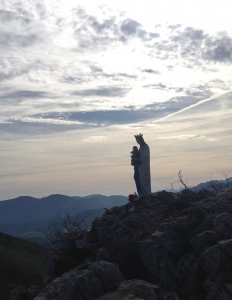
Sue Hardman-Conklin
I remember when the invitation to walk the Camino came to me, I thought I was just saying yes to a long hike through Northern Spain. I knew I would be following an ancient pilgrim path, but I didn’t think of myself as a pilgrim, making a pilgrimage. Then again, what exactly is a pilgrimage, and when does a journey become one?
I suspect there are many factors, but when I boil it down to its essence it seems that a pilgrimage is all about intent. It is an intentional journey where one leaves the everyday world to encounter the sacred. This begs the question, what is sacred? No doubt the answers vary from person to person and culture to culture.
My discovery of the sacred unfolded throughout the journey in expected and unexpected ways. For example, I knew that I would find being immersed in nature sacred, especially witnessing the gradual unveiling of spring. But because I’m not particularly religious, I didn’t expect to be moved by traditional religious symbols or rituals. And yet, coming across a statue of Mary in the middle of the Pyrenees, with no other signs of civilization around, was powerful. I can still feel the welling up of emotion in my heart as I watched Julie, a devout Catholic, climb up to touch Mary’s feet. It was a sacred moment, touching the spirit within me.
As I reflect on this, it wasn’t so much the statue that moved me, it was being witness to the spirit being touched in Julie that felt sacred and thereby stirred my spirit. It was as if the spirit in me vibrated in resonance with what was being activated in her – an entrainment of sorts. Could this be a key to the mysterious calling of a pilgrimage? Is there a stirring of the spirit when we are in the presence of others who are stirred? Perhaps this explains why many of us long for community in our spiritual explorations and meditation. Maybe the resonance of the spirit being stirred is something that connects us with all of humanity, even when the sacred objects, words and rituals are different.
I have to laugh when I think about how this simple travel adventure turned into something way bigger than I could have imagined – a pilgrimage actually. Who knew? I realize now that I became a pilgrim when I set the intent to leave behind the everyday and open my heart to the sacred.
What is it that you find sacred, Therese? Discovering your answers to this question is an important part of this whole experience.
Therese Antony
Everything is sacred on some level. But, when I consider the sacred, I’m referring to the sacred within me, a state of being that I can only access under conditions of calm and quiet introspection. Being in that space provides deep connection to my true identity.
The inner sacred holds the key to real identity – my true spiritual self and when you burn off all the imperfections, it is what remains and is eternal. It isn’t much involved with the ‘me’ of my personality and its agenda, quirks, strengths and flaws. I live largely separated from it. Connection is quickly lost as attention is focused on every day, ordinary life tasks. Yet, I yearn to return to it, and to be more intimately identified with this aspect of my being. I have come to understand it through my experiences with homesickness that started in childhood.
When I was a little girl I suffered terribly from homesickness. This was a deeply disruptive, powerful state that brought emotional sadness, physical symptoms, and disorientation. The experience was always triggered by being separated from home and required careful management by family. It got easier as I grew older and I went on to manage life activities like sleep overs, weekends away, college, and independence in age-appropriate fashion. But homesickness would return with similar intensity, and over time, I began to understand the experience as a glimpse into my spiritual state.
I was living overseas for an extended period of time in my mid-twenties when I was again confronted by intense homesickness. Now an adult, I was surprised by the intensity of longing and yearning that came with it. I applied reason: I missed white tuna, peanut butter and New England-style clam chowder and the smell of the ocean. I missed the people that I loved and was connected to. But none of these things, or even a combination of all of them, could account for the deep sense of disconnection and yearning that was being triggered. The experience held a message about something deeper, but it was only a first step in understanding the link homesickness provided to a yearning for deeper spiritual identity.
I still suffer from homesickness, but now I recognize it as the lost connection to who I truly am. A state of exile from the inner spiritual home. I don’t believe that I am alone in this. We all seek relief from our symptoms of this inner exile through material substitutes such as food, alcohol, shopping, or the next best vacation. But, real relief is only found through the work of establishing continued intimacy to the sacred within us. This is building the bridge to the inner sacred.

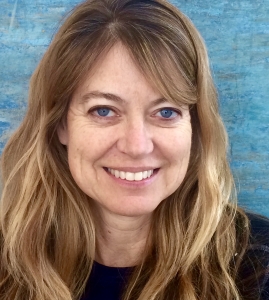
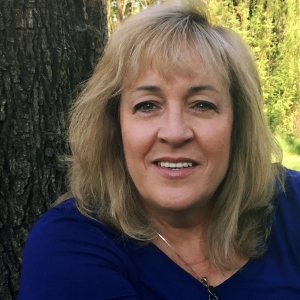


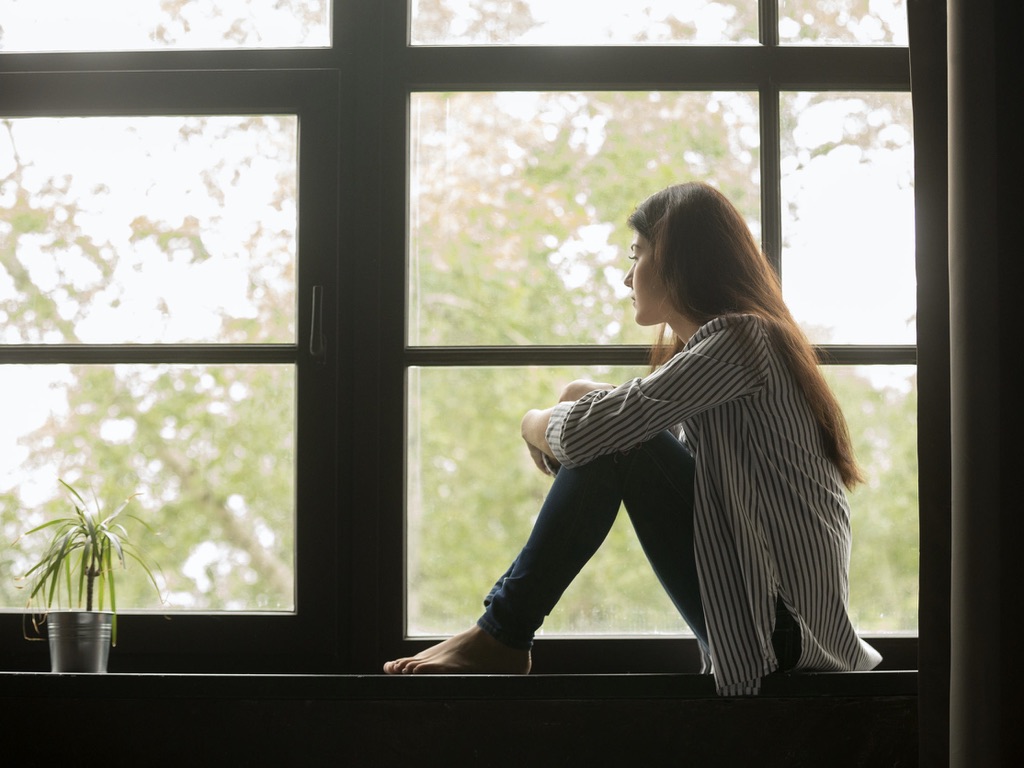
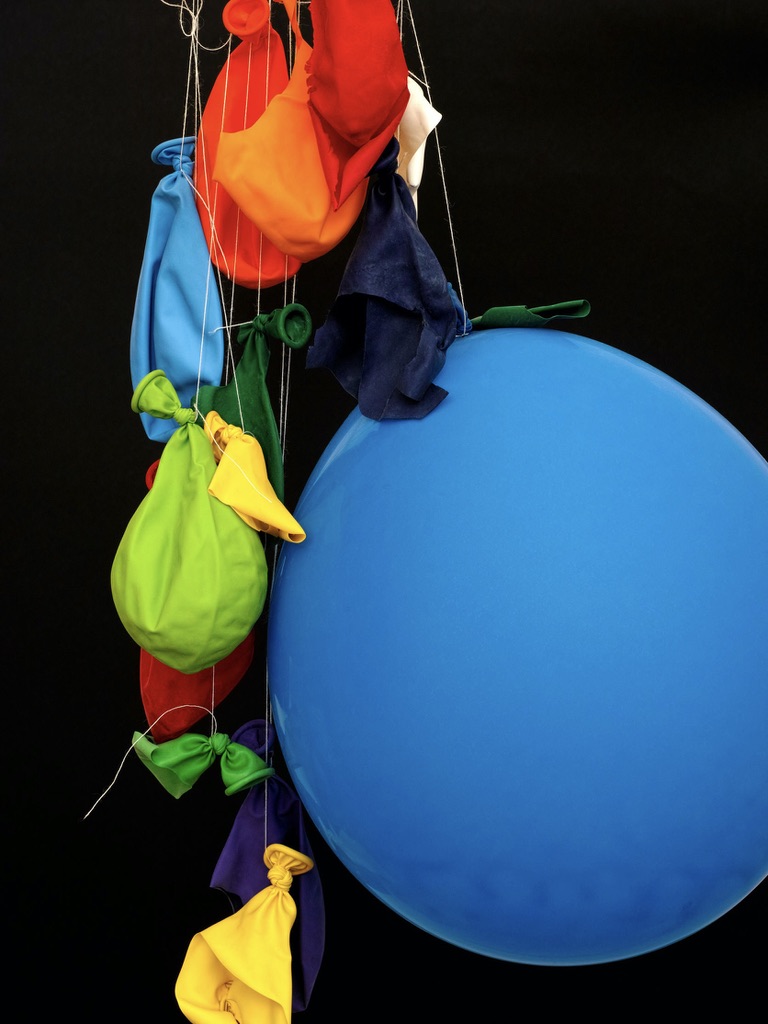


Both of these essays were gold. Therese, your description of homesickness and relating it to yearning for the soul was so poignant. I relate. Beautifully said. Sue, your description of the importance of intent is right on. And yet, I think change/transformation can also take place when we’re not conscious of the start of it (such as I described earlier in the book, The Unlikely Pilgrimage of Harold Fry). I’ve always resonated with Carl Jung’s quote that until we make the unconscious, conscious, “it will direct your life and you will call it fate.” Whether we start out consciously or not, the important thing is to BECOME conscious during the journey. It seems the journey, itself, will have its way with us 🙂
Jan
This quote is just perfect. In truth, our soul is the director and the stage is our life. We must become conscious – it is our directive but we have a choice to listen. If we ignore the subtle whispers of the soul, though, it will stage crisis to get our attention.
I have a friend that walked the Camino I was so excited for her since I have always longed to see Spain. I love that she shared much of her walk.
I have always thought Sacred is the exact opposite of Scared. As a counselor for many years I would share that with clients when they got scared how could they turn that fear into something sacred.
Now I remember it daily especially with the church that came out yesterday saying every person is a sacred being. Believing that makes the world different. Please keep us informed on your journey.
Your observation that sacred is the opposite to scared is wonderful, Grace. The sacred opens us up to the fullness of being, being scared (not getting to the bottom of our fear) closes us off. Fear is an important aspect of self-discovery. Sue and I will be talking more about fear and we hope you join in.